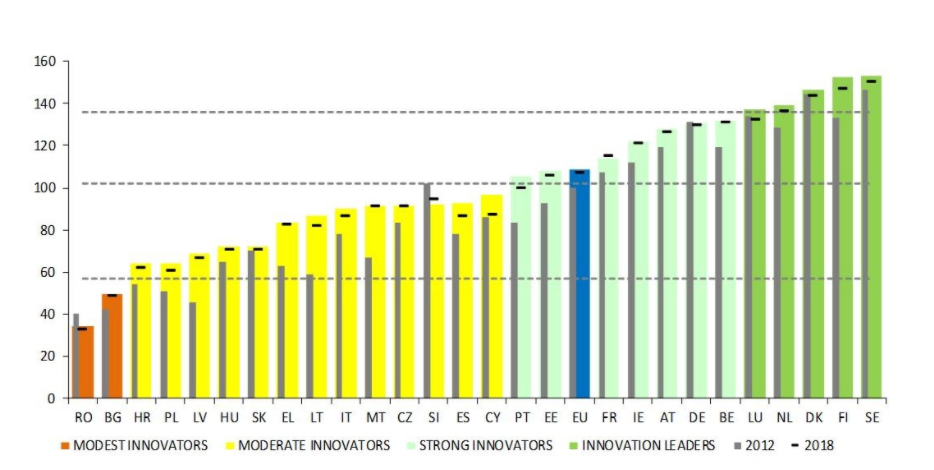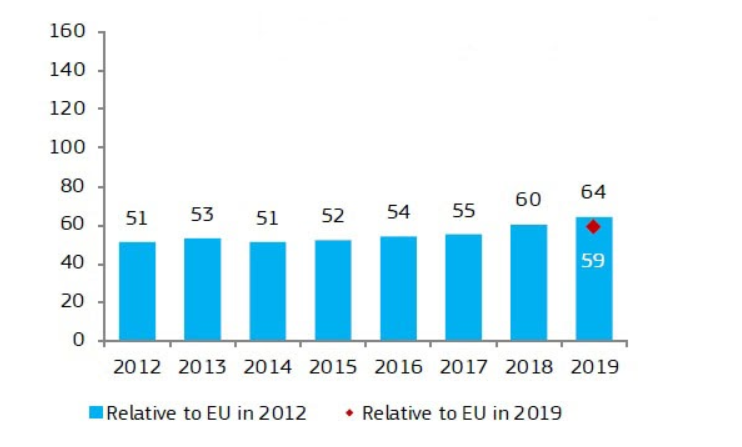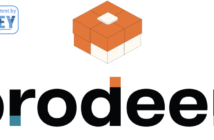- The Annual European Innovation Scoreboard measures the innovation performance of the EU states.
- It has its own classification, which includes 27 indications.
- Poland is in the neutral position among the EU states.
- Poland can improve its position on the Annual European Innovation Scoreboard by being more open and active.
Every year the EU states, along with a number of third countries, are being evaluated on the progress and development of their national innovation systems. The Annual European Innovation Scoreboard is a good measurement of who is succeeding and who is not. Thus, it gives the right institutions an opportunity to improve their abilities and to strive.
The Annual European Innovation Scoreboard indicates the level of research and innovation performance in the EU countries and other selected states. It helps policy-makers to assess strengths and weaknesses of innovation systems and national research, identify priority areas to push innovation performance, and track progress.
The Innovation Scoreboard divides the EU states into four “leagues”
The scores are based on four types of activities that entail ten innovation dimensions. Altogether, the dimensions are classified into 27 indicators. The four types of activities are:
- Framework conditions that include
- human resources,
- attractive research systems, and
- innovation-friendly environment,
- Investments that comprise:
- finance and support, and
- firm investments,
- Innovation activities consisting of
- innovators,
- linkages, and
- intellectual assets, and, finally
- Impacts that enclose
- employment impacts and
- sales impacts.
Following the average performance scores, the EU countries are divided into four performance groups:
- Innovation leaders, whose innovation performance is well above the EU average,
- Strong innovators, with performance above or close the EU average,
- Moderate innovators, which have scores above the EU average, and
- Modest innovators, whose performance is well below the EU average.

Source: ec.europa.eu
Poland performs successfully (in some areas)
Poland is among 12 other EU states that are in the moderate innovation group. The performance in this group is between 50% and 95% of the EU average.
Poland’s performance in 2018 and 2019 improved by 13.0% – points compared to 2012; it has succeeded in Broadband penetration and Opportunity-driven entrepreneurship indicators. Poland has the highest rates in the innovation-friendly environment and employment impacts; good results are in Employment in fast-growing enterprises of innovative sectors, Opportunity-innovative sectors, Population with tertiary education, and Design applications.
The worst results are in the following innovation dimensions: Attractive research systems, Innovators, and Linkages. Concerning the Average annual change in GDP, Enterprise births, and Employment share in manufacturing, Poland has the highest positive scores among the EU states. Conversely, it has the worst scores in Top R&D spending enterprises, GDP per capita, and Employments share high and medium high-tech manufacturing.
The Chairman of the Supervisory Board at Work Service, Przemyslaw A. Schmidt, reckons that the reason why Poland has such a modest ranking is due to the lack of openness towards innovations in terms of group cooperation. The Poles tend to develop individually, but they can improve the state innovation system only by working together, in groups. Another specialist, Wojtek Burkot, a Co-Founder and Chief Physics Officer at Beit.tech exemplifies the energy sector to explain how openness is important. He tells ITKeyMedia that innovations in new technologies would generate more GDP in the state. He adds, “Not creating innovative know-how, forces Poland to be a buyer of these technologies long in the future, when the world, Poland included, will switch over to them, fully. We will be a buyer, not a seller of these because now we spend billions on the past tech, rather than investing in the development of the future ones.” Piotr Zielinski, the Head of Technology at SpeedApp, adds that the absence of social trust is the reason for such a result. There should be a positive environment for working on innovative ideas, and people should be ready to take risks.

Sources: European Innovation Scoreboard 2020 report
Ways to improve the scores
Even though Poland is in the moderate group, some of its regions are in the modest innovators group. To be more precise, the Zachodniopomorski, Lubelski, Warminsko-Mazurski, Kujawsko-Pomorski, Podlaski, Lubelski, Swetokrzyski, Opolski, and Mazowiecki (excluding Warszawski Stoleczny) regions belong to this group.
It is stated on the official website of the European Commission that to gain a high level of innovation performance states should have a balanced innovation system that performs well in all dimensions. It includes research and skill development, a suitable level of private and public investment in education, an innovation-friendly business environment, and effective innovation partnerships among companies.
Valerie is a freelance writer based in Warsaw, Poland. She’s a news buff who wants to know everything. Valerie likes politics, social issues, pop culture, and photography. She’s been writing on various topics, like IT, music, business, art, and more.





